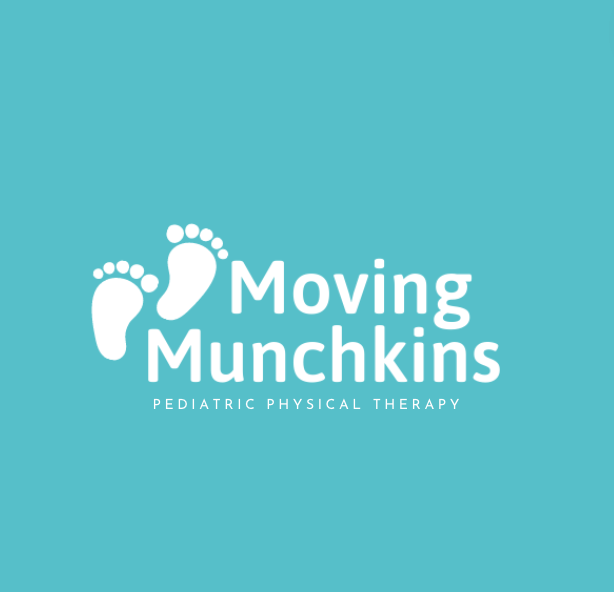Why Babies Compensate in Movement and Milestones
Every baby develops at their own pace, and each milestone—from rolling over to crawling—is an important step in their physical and cognitive growth. But sometimes, babies might develop compensatory movement patterns as they try to navigate their world. While these compensations can help babies accomplish movement temporarily, they may also indicate underlying challenges that could affect their long-term development.
Let’s explore why babies compensate in their movements, how it impacts their milestones, and how working with a pediatric physical therapist can support healthy, functional growth.
What Does It Mean When Babies Compensate?
Compensatory movements are strategies babies use to make up for a limitation or difficulty in their typical movement patterns.
A baby who struggles to push up on their arms during tummy time might rely on rolling as their primary way to move off of their tummy rather than sustaining tummy time.
A baby with a tight pelvis or trunk might "scoot" on their bottom instead of crawling on all fours.
A baby who has trouble bearing weight evenly on their legs might stand with one foot turned out or avoid standing altogether.
While these compensations allow babies to achieve milestones like sitting or moving, they can bypass important foundational skills. Over time, these patterns may contribute to muscle imbalances, delayed motor skills, or difficulties with more complex movements like walking or climbing.
Why Do Babies Compensate?
Babies might compensate for several reasons, including:
Muscle Tightness or Weakness: Imbalances in muscle mobility and/or strength can make certain movements challenging, prompting babies to find alternative ways to move.
Torticollis or Plagiocephaly: Conditions like tight neck muscles or head flattening can affect how babies position their heads and bodies, leading to compensatory patterns.
Lack of Opportunities to Explore Movement: Spending extended time in containers like swings or bouncers may limit a baby’s ability to develop balanced motor skills.
Unaddressed Birth Trauma: Difficulties during labor and delivery can leave babies with tension or alignment issues that poorly influence their movement.
Delayed Milestones: If a baby hasn’t developed the strength or coordination for a milestone like crawling, they may find other ways to get around, such as scooting or rolling.
How Compensations Affect Development
Compensatory movements can sometimes lead to challenges with:
Muscle Imbalances: Overusing certain muscles while underusing others can create poor muscle strength symmetry.
Posture: Repeated compensations may affect joint positioning within the spine and/or extremities, potentially leading to avoidance and difficulty with future milestones.
Delayed Milestones: Skipping foundational skills, like crawling, may impact balance, coordination, and strength needed for standing and walking.
Motor Planning: Babies who compensate may struggle to develop efficient movement strategies, affecting tasks like climbing, running, or jumping as they grow.
How Pediatric Physical Therapy Can Help
A pediatric physical therapist (PT) can identify the root causes of compensatory movements and create a customized plan to address them. Here’s how PT can help:
Comprehensive Assessment: A pediatric PT will evaluate your baby’s posture, muscle tone, strength, and movement patterns to identify areas of concern.
Targeted Interventions: Through play-based exercises, stretches, and guided positioning, PTs can help your baby strengthen weak muscles, release tension, and develop more balanced movement patterns.
Parental Education: PTs provide parents with tools, strategies, and activities to support their baby’s development at home, ensuring consistency and progress.
Preventing Long-Term Issues: By addressing compensations early, PTs can help prevent muscle imbalances, alignment issues, and delays that may impact future milestones.
What Should Parents Look For?
If you’re wondering whether your baby is compensating in their movements, here are some signs to watch for:
Preferring to turn their head to one side
Skipping milestones, like rolling or crawling
Relying on one side of their body more than the other
Using “w” sitting or other asymmetrical postures
Avoiding tummy time or showing frustration with certain positions
Taking the Next Step
Compensatory movements are a baby’s way of adapting to challenges, but they don’t have to define their development. Early intervention with a pediatric physical therapist can help your baby build a strong, balanced foundation for achieving milestones and moving confidently through life.
If you have concerns about your baby’s movement patterns or milestones, don’t hesitate to reach out to a pediatric physical therapist. Together, we can support your baby in reaching their fullest potential—one milestone at a time.


